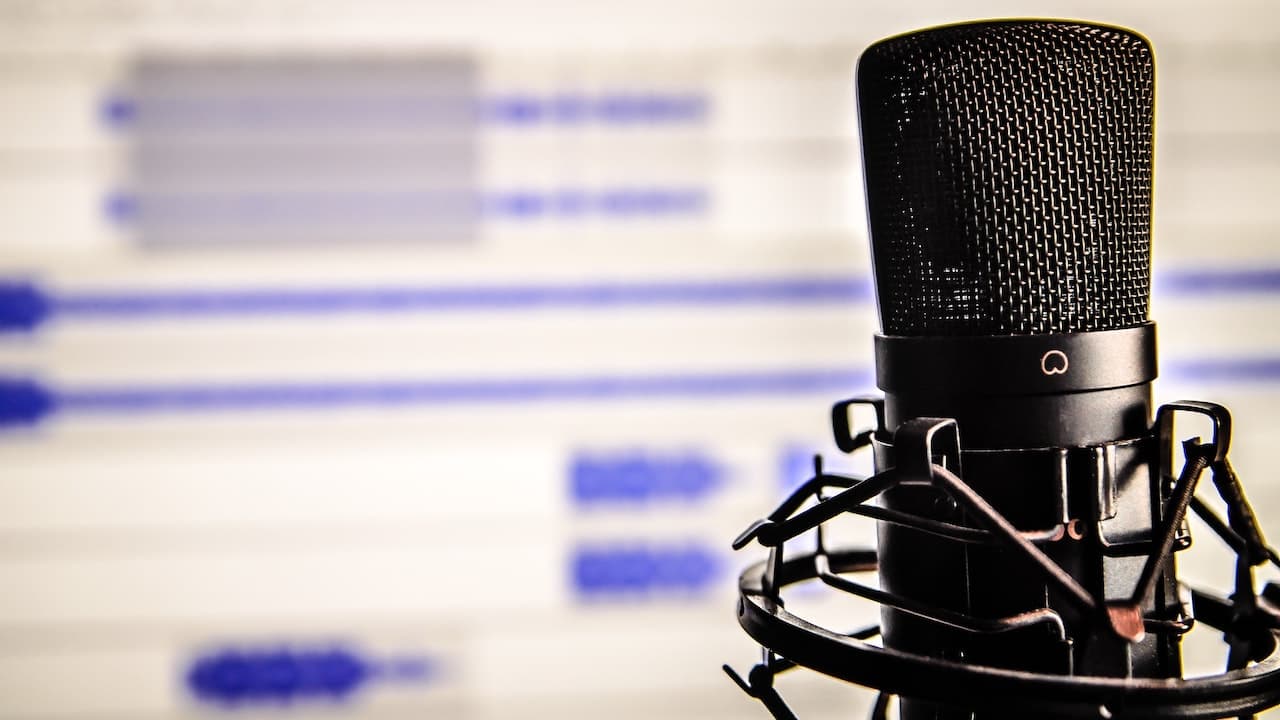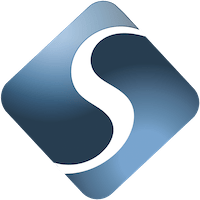Sep 21, 2018 4:46 PM7 Minute Read

Did you know that
First thing’s first: make sure you’re ready for the commitment.
Many people underestimate the amount of time and effort that’s involved in creating a successful podcast. The truth is you won’t earn a fanbase by impulsively speaking into a microphone and publishing the raw recording. Your content should be thoughtful, original and engaging — and your finished product needs to be edited and polished to the best of your abilities.
You should also be aware that the most successful podcasts are ones that are released consistently, meaning it’ll be hard to attract and keep listeners if you only have the time to produce and release a few podcasts a year.
Still interest in podcasting? Now’s the time to make sure you’ve put together a plan.
First, find your niche. What is it that you want to talk about and, more importantly, how will you make your voice stand out from others who might be talking about the same things? You’ll want to make sure that your topic is specific enough to be interesting but also broad enough that you’ll be able to continue your podcast for as long as possible — think 50 to 100+ episodes.
Next, choose a name for your podcast. Like any title, your podcast name should be unique and catchy.
Then, determine your format. Are you going to be a solo host or will you have a co-host? If you do take on a co-host, make sure that s/he is also ready for the commitment of running the podcast well into the future.
Consider what the target length of your podcasts should be. This will vary widely based on the individual podcaster and no specific amount of time is “better” than another. Your podcast should be long enough to convey your message but succinct enough to keep your listeners entertained and engaged for the duration.
Also, consider how you will organize your podcast. For example, you could use a format similar to the following:
- Teaser - such as using an interesting soundbite from the podcast to hook the listener.
- Intro Music - if you don’t use your own original music, consider searching for appropriately licensed, royalty-free music online.
- Welcome - a message from you to the listener, briefly introducing your show and topic (the first episode should have a longer introduction to hook/orient your audience).
- Discussion / Interview - the main podcast content.
- Call To Action - “visit our website/social media,” “review us on iTunes,” etc.
- Outro Music - again, consider searching for appropriately licensed, royalty-free music online if you don’t create your own.
Listen to some of your favorite podcasts for inspiration on alternate formats that compliment your style and desired format. What’s most important is to find a format that works for your podcast and to remain consistent across all episodes.
Finally, create cover art for your podcast. Buzzsprout has an excellent article on this topic that you can read here.
Now that you have your ideas organized, it’s time to set up your studio / recording space.
Since you’re just starting out, you’re likely on a tight budget — and we’ll offer as many low cost solutions as possible.
For a one person podcast, the absolute essentials you’ll need are a computer, a quiet place to record your podcast, a quality microphone and audio editing software.
Podcasts are audio only so we recommend picking the most comfortable and quiet place you can find to record: a bedroom, a basement, etc. You’ll want to ensure that the space you choose doesn’t have a loud echo and that background noise is kept to a minimum.
In terms of microphones, there are several available that will suit your needs. In most cases, new podcasters choose a USB microphone that they can plug directly into their computer for recording. However, there are other options available on the market. This is where your personal budget and preferences take priority. Regardless, you should be able to find what you need with a quick search on the web. Keep in mind that if you plan on having multiple guests / co-hosts on your podcast, you’ll likely have to invest in additional hardware, including additional microphones, mixers and headphones.
For completeness, there are additional hardware investments that you can make, should you see fit. These include pop filters, microphone arms and headphones.
What about software?
If you’re using a Mac, you have access to GarageBand at no additional cost. GarageBand has a fairly intuitive interface for setting recording equalizer (EQ) settings and also comes preloaded with several preset vocal recording options. Once your recording is complete, you can split, delete, move and reorder any segment of your recording to ensure your podcast has a good flow and is scrubbed of anything you don’t want to publish (think in terms of excessive instances of “um,” “uh,” “like” or an unexpected sneeze).
If you don’t want to use GarageBand, or if you’re on a PC, you can also download Audacity for free. Audacity is an easy-to-use, multi-track audio editor and recorder and is developed by a group of volunteers as open source. For podcasting, Audacity will give you all the functionality you need, although the learning curve might be a little steeper.
The good news is that regardless of the software you choose, you are sure to find detailed tutorials on how to use it for podcasting online and/or on YouTube.
Now you’re ready to record your first episode.
Using your preferred software, create a template to match your show format. Add tracks for each component of your format (intro music, podcast audio, call to action, outro music, etc.) and add / record audio to each as necessary.
Keep in mind that, as we said before, recording isn’t enough. Once you have finished recording your podcast audio, you must go back and edit the content. You can use compression, noise reduction and EQ settings to tweak the audio that was captured as well as the built-in tools to split, delete, trim and reorder any sections of the podcast audio.
Make sure the finished product sounds natural and well put together. Again, your listeners will likely have several alternative podcasts to consider, so make sure yours is as polished as possible.
Share your podcast with the world and build your fanbase.
This is the moment you’ve been working for: it’s time to put your podcast out into the world. But how?
First, let’s point out something very important: podcast directories like iTunes and Google Play Music do not store your podcasts! Like a receptionist at a front-desk, they can tell you where to go but they don't know what you'll find when you get there.
In order to share your podcast with the world, you must first store it on the Internet. There are several ways to accomplish this, each with their own set of pros and cons. For example, do you have a website with your own dedicated hosting account? You can upload and serve your podcasts from there but, depending on your bandwidth and terms of service limitations, it’s most likely not the best choice.
Then, there are services like Buzzsprout and SoundCloud that will host your podcasts and also help with publishing them to podcast directories.
Again, this comes down to your personal preference and budget. Regardless, you must find a place to host your podcasts and then submit your podcasts to the most popular directories: iTunes, Google Play Music, Blubrry, Sitcher, Spotify, TuneIn and any others you’d like to be listed in. While we don’t provide detailed instructions in this primer, you can find several guides to manually submitting your podcasts to these directories online.
You should also consider publishing your podcasts, in part or in whole, on YouTube and social media outlets. You’ll want to grow your audience across as many platforms at possible.
Want to take things to the next level?
Setup a website to compliment your podcast. There, you can publish transcriptions of your podcasts and embed your audio on your website. Publishing transcriptions has several benefits, including search engine optimization (SEO) benefits and also gives your listeners an alternative way of accessing / referencing your podcast content as well as engaging with you and other listeners through a commenting system, if you have implemented one.
If you’ve made it this far, you should be ready to get your podcast off the ground. Good luck!
Sources:
1 https://www.entrepreneur.com/article/306174
2 https://www.convinceandconvert.com/podcast-research/the-13-critical-podcast-statistics-of-2018/
 An article by Simplisk | Read More at https://Simplisk.com
An article by Simplisk | Read More at https://Simplisk.com